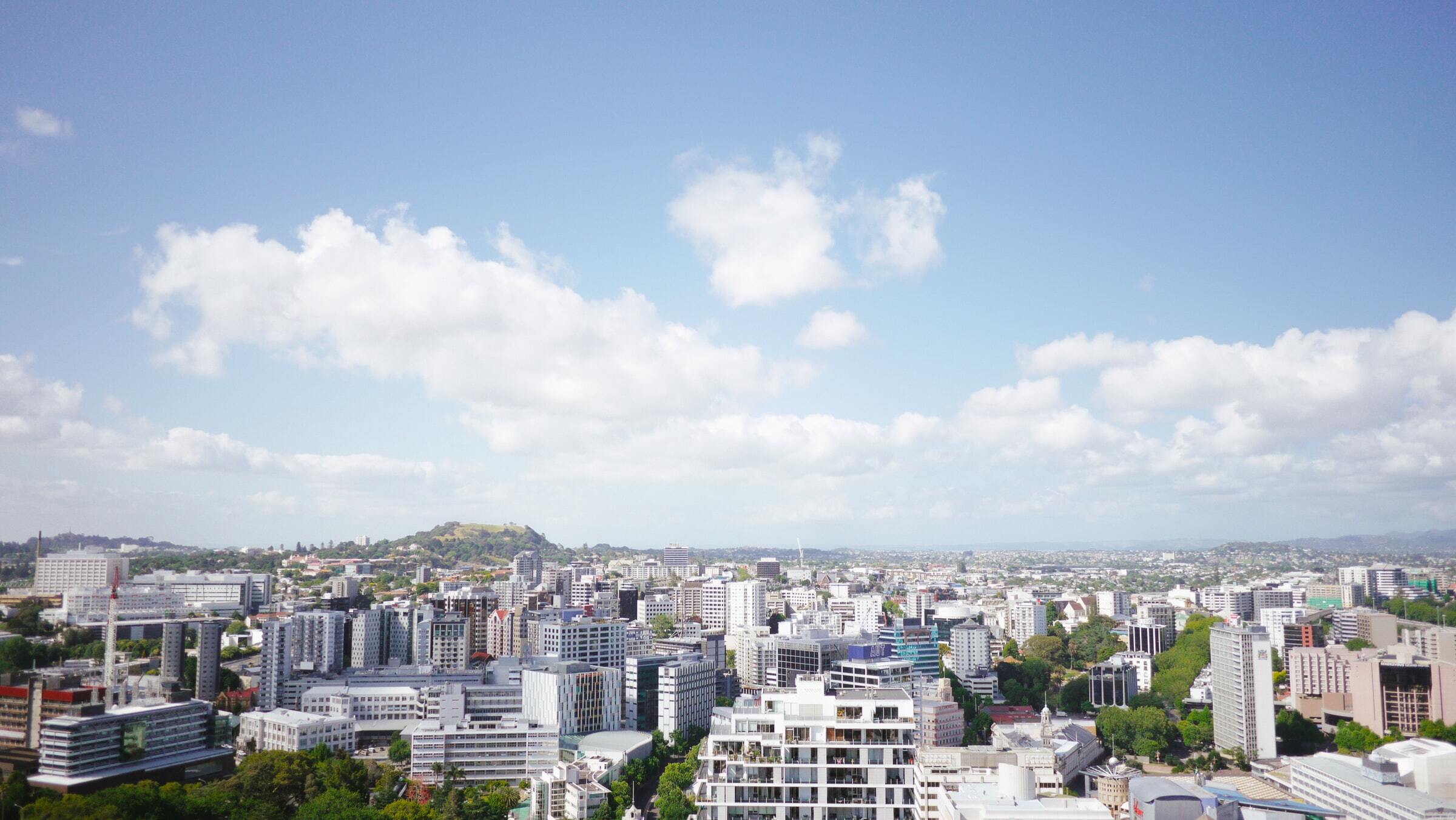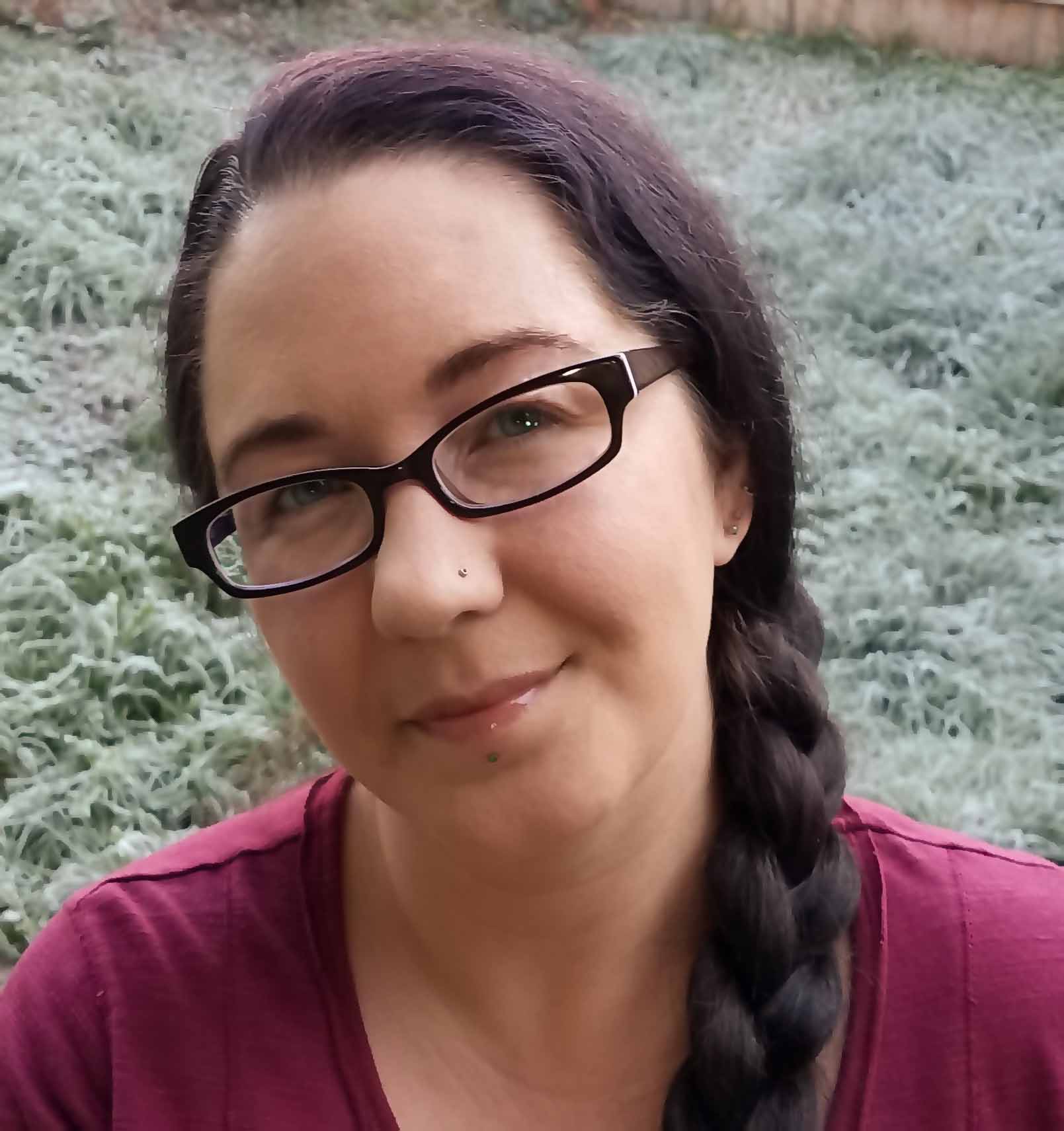Housing costs traditionally eat up the largest portion of a household’s budget. Along with standard expenses, like mortgage payments and rent, there can be some unexpected costs that drive up the price tag.
There are numerous intriguing statistics that highlight these expenses, both those that are widely known and some that catch people off guard. With that in mind, here are 25 insightful housing costs statistics.
1. The Median Sales Price of Houses Sold in the United States is $324,900
In the United States, the median home sales price came in at $324,900 (based on Q3 2020 data). That’s a 2% year-over-year increase.
[Source: Federal Reserve Bank of St. Louis]
2. The Median Home Value is Over $262,000
In the United States, the median home value came in at $262,604 (based on November 2020 data). That’s a 6.6% year-over-year increase.
Home values are different than sales prices. These relate to how much all existing properties are worth, regardless of whether they are currently (or were recently) for sale. It is a reflection of the likely value based on market conditions, giving an idea of what a house would sell for if it was placed on the market.
[Source: Zillow]
3. With Taxes, the Average Closing Cost Is $5,749
Many first-time homebuyers overlook the financial impact of closing costs. Usually, closing costs run between 3 and 6% of a loan’s overall value, so they can be substantial.
On average, if you include taxes, closing costs run $5,749. If you exclude taxes, the average is $3,339.
[Source: Business Insider]
4. The Average Rent for a One-Bedroom Apartment is $1,617
Like home sale prices, rental rates vary depending on several factors. The location of the property and the apartment’s condition are big factors, as well as the quality of the finishes, available amenities, and more.
On average, households living in a one-bedroom apartment pay $1,617 in rent. For a studio, the average monthly cost is $1,605, while two- and three-bedroom properties run $1,909 and $2,050, respectively.
[Source: Apartment Guide]
5. 46% of Renters Spend more than 30% of Their Income on Rent and Utilities
Nearly half of all renters spend at least 30% of their income on rent and utilities. In California, 52.5% of renters fall into that category, which is the highest state rate in the country.
[Source: Insurance Information Institute]
6. A Quarter of Low-Income Households Spend 70 Percent of Their Income on Rent
Low-income households generally have to dedicate more of their monthly budget to rent. Among those households, more than 50% spend at least half of their income on rent, while about 25% actually spend 70% or more of their income paying rent.
[Source: Who Gets Evicted? Assessing Individual, Neighborhood, and Network Factors]
7. 3.6 Million Eviction Cases Are Filed Annually in the United States
In the United States, 3.6 million eviction cases are filed with the court each year on average. That translates to seven eviction filings every minute, or nine filings per every 100 rental households in the country.
[Source: United Nations]
8. Evicted Tenants Are Nearly 25% More Likely to Experience Long-Term Housing Problems
Involuntary moves – such as an eviction – can result in long-term housing instability and homelessness. Overall, tenants who had to relocate involuntarily are 25% more likely to experience housing problems long-term than renters who aren’t involuntarily moved.
[Source: University of Wisconsin Institute for Research on Poverty]
9. Annual Home Maintenance Costs as Much as 4% of the Home’s Purchase Price
Many homeowners struggle with estimating home maintenance costs, especially if they are first-time homebuyers. Generally, expecting maintenance to run between 1 and 4% of the home’s value is considered the safest bet. For a $200,000 property, that means setting between $2,000 and $8,000 aside for maintenance-related expenses.
[Source: Motley Fool]
10. On Average, Property Taxes Cost $2,375 Per Year
Property taxes vary dramatically, both based on the home’s location as well as its assessed value. However, on average, property taxes cost homeowners $2,375 per year.
[Source: Wallet Hub]
11. The Average Homeowners Insurance Policy Costs $1,211 a Year
On average, the annual cost for homeowners insurance premiums is $1,211. However, the exact amount a homeowner ends up paying can vary dramatically.
The biggest factors in determining cost are the house’s location as well as it’s value. For a home worth $500,000 or more, the average homeowners insurance policy runs $2,149. In comparison, a house with a value between $100,000 and $149,000 would cost $870 on average for homeowners insurance, while a home valued at $49,999 or less would cost just $633.
[Source: Business Insider]
12. 5.7% of Insured Homes File a Claim Each Year
Overall, 5.7% of insured homes ended up with a claim during 2018. This includes claims related to fire, water, wind, and hail damage, as well as losses caused by theft, vandalism, and more.
[Source: Insurance Information Institute]
13. More Than 98% of Home Insurance Claims Involve Property Damage (Including Theft)
Property damage (including thefts) is the most common form of insurance claims. Overall, 98.1% of claims fall in that category.
[Source: Insurance Information Institute]
14. Only 59% of Homeowners Have an Inventory of Their Possessions
Having an accurate inventory of a home’s content can be critical when making insurance claims, as it allows the homeowner to show the insurer details about their losses. However, only 59% of homeowners have an inventory.
Homeowners in the South and Northeast were most likely to have an inventory in place, with 61% of homeowners in those regions keeping those kinds of records. In the West, 58% of homeowners have one, while only 55% do in the Midwest.
[Source: Insurance Information Institute]
15. Around 19 Million Households Qualify for Subsidized Housing
Approximately 19 Million households are eligible for the Department of Housing and Urban Development (HUD) subsidized housing program. Through that program, they can secure housing at a reduced cost.
[Source: Vox]
16. There Are About 5 Million Subsidized Housing Units in the United States
Many lower-income households turn to HUD and similar programs to offset the cost of housing. Overall, there are more than 5 million subsidized housing units in the United States.
However, based on the 19 million potentially qualifying households, that means only about 26.5% can actually secure a unit. Often, which households get one is determined by a lottery.
[Source: U.S. Department of Housing and Urban Development (HUD)]
17. 91% of Subsidized Housing Units Are Occupied
Low-income households may struggle to find subsidized housing units even if they qualify for HUD or similar programs. Overall, 91% of the units are occupied, leaving only 9% available. Based on the total number of units being near 5 million, that leaves just over 450,000 available.
[Source: U.S. Department of Housing and Urban Development (HUD)]
18. Delaware Has the Highest Average Closing Cost, Coming In at $13,273
While the average closing cost with taxes is $5,749, Delaware comes in at $13,273. That’s a $7,524 difference.
Additionally, most of that difference has nothing to do with taxes. If you exclude taxes, Delaware’s average is $3,350, which is only $11 more than the tax-excluded national average of $3,339.
[Source: Business Insider]
19. Indiana’s Closing Costs Are the Lowest, Coming In at $1,909.
In Indiana, closing costs aren’t as much of a concern. The state averages at $1,909, a full $3,840 below the national average of $5,749.
[Source: Business Insider]
20. The Average Home Appraisal Costs Between $300 and $450
Another cost many aspiring homeowners overlook is the home appraisal. Typically, buyers have to shoulder this expense, and it adds, on average, $300 to $450 to the total cost of purchasing a house.
However, in higher-cost cities, the home appraisal cost can be much higher. In some cases, it runs $500, $800, or more.
[Source: Bankrate]
21. Basic Home Inspections Run $200 to $500, More for a 2,000+ Sq Ft Home
A standard home inspection for a home that’s no more than 2,000 sq. ft. generally runs between $2100 and $500. However, if the house is above 2,000 sq. ft., the cost goes up, usually by about $25 per every extra 500 sq. ft.
[Source: Redfin]
22. Specialty Inspections Can Run Up to $1,000+ per Inspection
But that’s just a basic home inspection. If you need additional tests, it runs more. For example, a radon test alone can cost $150. If you want a plumbing inspection that involves using a camera in the pipes, that costs between $236 and $1,006. A pest inspection could add around $100 to the total cost of having the home inspected.
[Source: Redfin, Home Advisor, Home Advisor]
23. Earnest Money Deposits Can Be as High as 10% of the Purchase Price
Earnest money deposits show the seller that the buyer is serious about their offer. Generally, the buyer has to supply 1 to 2% of the offered purchase amount in earnest, with the money being held in an escrow account.
However, if a housing market is particularly hot, the seller may expect more. In some cases, earnest money can reach as high as 10% of the proposed purchase price.
[Source: Investopedia]
24. The Average Renters Insurance Premium is Just $180 Annually
On average, renters insurance costs a renter $180 a year. That works out to $15 per month.
On a state level, the highest average renters insurance premiums are in Mississippi, coming in at $258 per year ($21.50 per month). The lowest rate is in South Dakota, where the average premium is just $123 (10.25 per month).
[Source: Insurance Information Institute]
25. Only 37% of Renters Have Renters Insurance
Even with the cost being fairly low, only 37% of renters have renters insurance policies.
[Source: Policy Genius]
Bottom Line
Ultimately, housing costs can stack up quickly, both for homeowners and renters. Additionally, these situations can shift rapidly. As 2020 came to a close, the full impact of COVID-19 on these markets is not yet clear. This is especially true since many renters are protected by eviction moratoriums, and homeowners may be sheltered by coronavirus-related relief programs for their mortgages.
However, even outside of those extenuating circumstances, it’s clear that housing costs can be incredibly high. Plus, some purchase-related expenses frequently catch first-time buyers off guard, and maintenance costs can be prohibitively high for some.
Additionally, there are many households that qualify for housing assistance, but there simply aren’t enough properties available. These statistics are intriguing, shining a light on potential shortcomings within social services safety nets.



